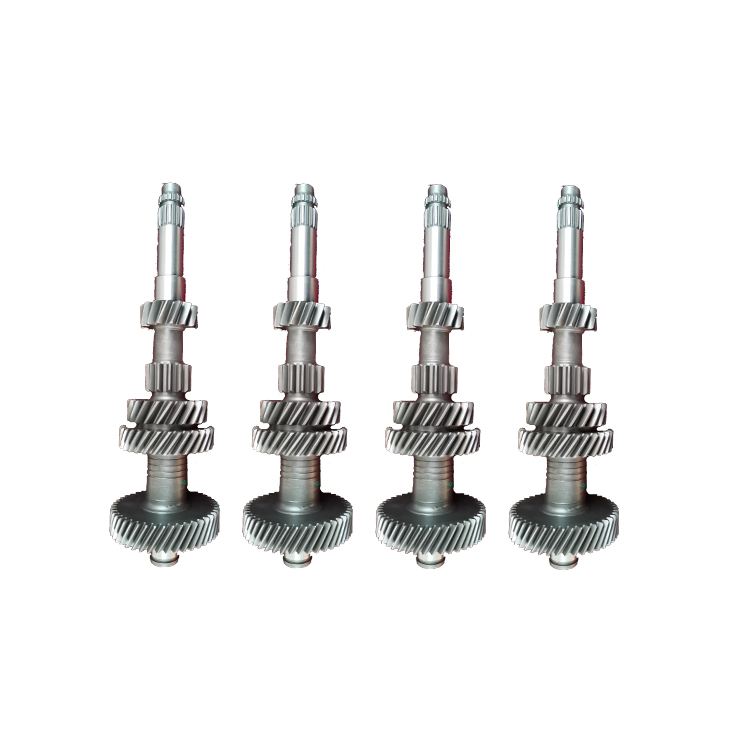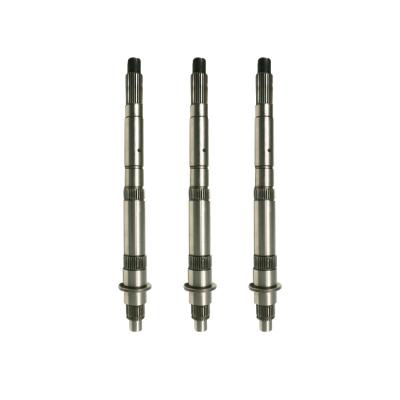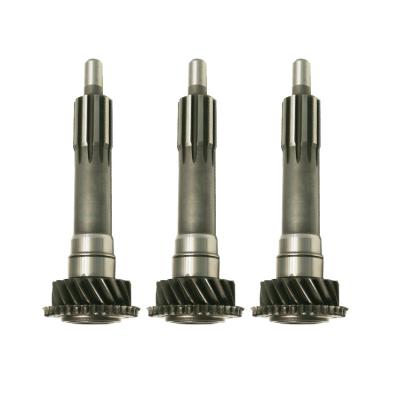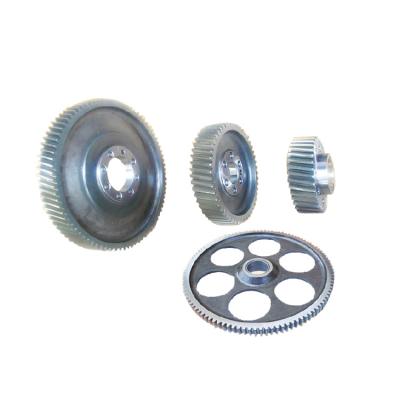Execution basis of die forging steps for forgings
The basis for the selection of die forging steps are: forging process characteristics, equipment conditions and production conditions, production batches, workers' operating techniques and operating habits, etc.
Cake and shaft are two common die forgings. When considering the transverse forging steps, the following problems often occur:
1) Is there any precedent for die forging of similar forgings for reference.
2) Is it possible to use fewer working steps to complete the die forging, for example: direct final forging without rolling after drawing, rolling and extending the billet without drawing, etc.
3) How to choose the steps that have both advantages and disadvantages, such as: whether it is necessary to adopt pre-forging, etc.
4) How to reduce the loss of waste materials, for example: minimize the material of the chuck or completely use the chuck, etc.
5) The number of U-turns during the billet making process makes the operation convenient.
6) Can rotary head forging, multi-piece forging, joint forging, etc. be used to improve forming conditions, increase production efficiency, and reduce material loss, etc.
7) The possibility of joint forging for forgings with complex shapes or other characteristics.
The forgings are large and complex, and many steps are used, and sometimes it is necessary to use two die forging hammers for joint forging;
From an economical point of view, small batch and complex forgings can be forged with a combination of free forging hammer and die forging hammer;
Forgings have long rods, whether to use flat forging machine, electric upsetting machine and other aggregate materials, and then die forge other parts; or use radial forging machine to forge rods, and then use die hammer forging;
Whether to use roll forging machine, cross wedge rolling and then die forging;
Whether the large circle forging is made of an expander or not, etc.
8) After analysis and comparison, other forming processes can also be selected, such as using cross wedge rolling instead of forging hammers to produce shafts. Don't borrow original considerations.
9) The shape of some forgings can be changed to improve the forging process, and the opportunity to make suggestions for improvement cannot be ignored or given up.





